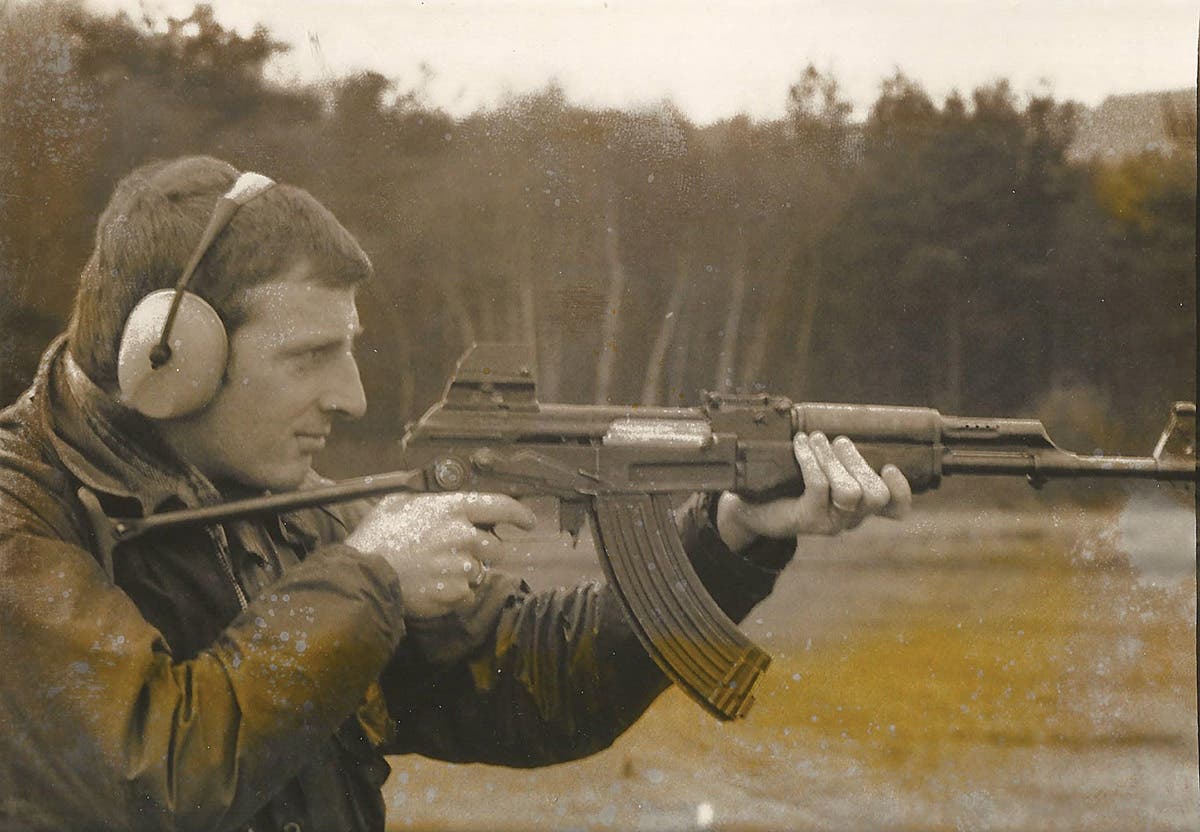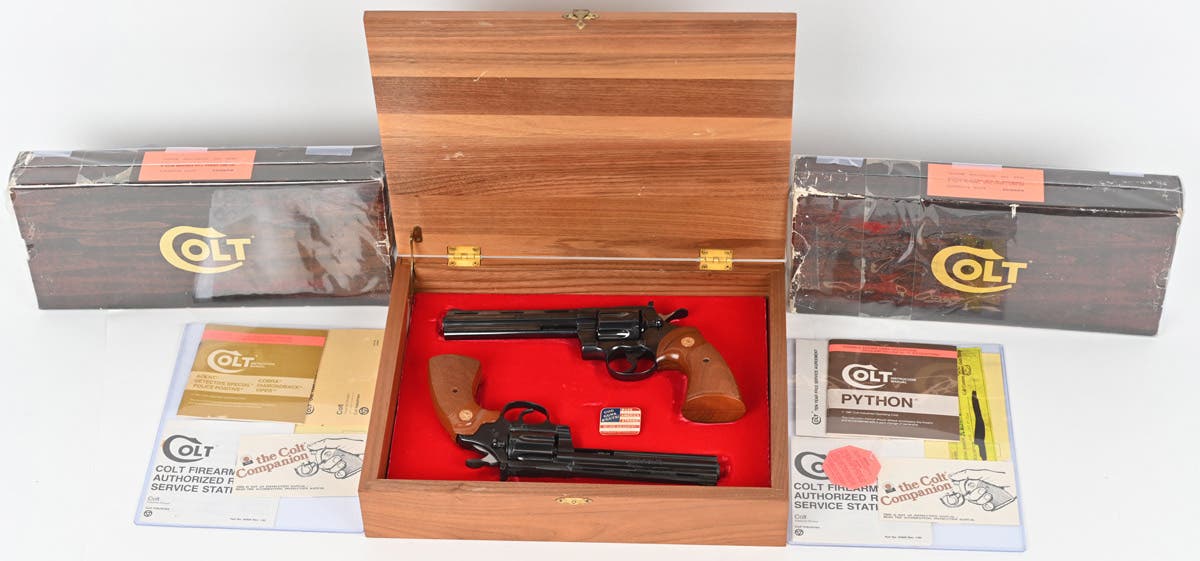The historic ‘Diana’ and Operation Aerial
Authorities on Jersey received an urgent plea for all available vessels to sail to St. Malo to help evacuate the troops. In total, some 25 vessels of all shapes and sizes took part in the action lasting over 48 hours, one of which was called the Diana.
I remember how in my childhood we would spend the winter evenings gathered in the kitchen of the family home because that was the warmest place in the house. That was back in the 1950s when there was no continuous 24-hour television broadcast and listening to family stories was part of our entertainment. Some were no more than silly events from the past and the adults reminiscing on their school days. This was on the island of Jersey in the Channel Islands, the only British territory to be occupied by German forces during WWII. However, despite this my family rarely spoke about those days of hardship and uncertainty.
Living near the harbour of St Helier, the principle town on the island my grand-father earned a living as a fisherman and some of the stories were heard involved him. One of the earliest was how at the age of 14 years he ran away to sea, getting his brother to sign, or rather forge, the consent for him to serve in the merchant navy. It wasn’t long into his service when the First World War broke out and he was one of many thousands of merchant seamen serving on the convoys. For his service was awarded the Merchantile Marine Medal and the British War Medal. He was a very quiet man, not given to boasting, as I have found to be the case with most interesting people.
For example, he served as a volunteer with the Royal National Lifeboat Institution attending vessels in distress, yet he hardly ever spoke about it. One period about which he never spoke was the years of German occupation, apart from saying how he continued to fish for food under the stare of a. armed guard. It took my grand-mother to tell how my grand-father had sailed his small fishing boat to St Malo in France in June 1940 to help rescue some British soldiers trapped there. To me as a young boy it was just another story. However, fifty years later and an experienced historian and journalist, the event took on a different significance and I decided to look deeper into this intriguing story.
Research showed the episode in question took place over June 16 and 17, 1940, by which time the Allies had been evacuated through Dunkirk and Operation Dynamo concluded. The lesser-known Operation Cycle, evacuating Allied troops from Le Havre, had been completed on June 13, but that still left more than 150,000 British and Canadian troops in France. Between June 15 and 25 Operation Aerial was launched to evacuate these troops through nine ports. One of those was St Malo where almost 21,500 men of the 1st Canadian Division were heading. This was the part where Jersey fishermen became involved, one of whom was my grand-father Alfred Grenelle.
On June 16, authorities on Jersey received an urgent plea for all available vessels to sail to St Malo to help evacuate the troops. In total, some 25 vessels of all shapes and sizes took part in the action lasting over 48 hours, one of which was called the Diana, a small fishing boat weighing 2.6 long tons and measuring just over twenty feet in length and a beam (width) of some seven feet. Reading through the pages of the research documents mentioned was made to the boat my grand-father had skippered on that desperate mission. He would not have known anything other than he was helping to save men. This is what he never spoke about. Ten days later Jersey was invaded by the Germans who would in occupation for the next five years.
Delving further into the story I discovered that several of the boats which had taken part in the action had survived the war, including the Diana which, at the time, was afloat and sea-worthy and part of the collection of the Jersey Maritime Museum, having been restored by the Jersey Heritage Trust. Learning this, I just had to contact the Museum to tell them of the family collection. The surprises did not stop there because in the reply I was invited to visit the boat, and perhaps take a trip on her, when I next visited to the island. Some months later I was able to plan a trip and let the Museum which, in turn, made arrangements for me to go to sea on the Diana.
I had travelled with my wife and on the appointed day we walked down to the harbour for our rendezvous. As we walked to where the Diana was moored I was overcome by a strange feeling leaving me deeply moved. Here I was, about to step onto a piece of history which had a direct connection to my family and the war years. The sea was perfectly calm as we cast off and headed out of the harbour towards Elizabeth Castle, which lies on a rocky islet and dominates St Aubin’s Bay. As a young boy I had sailed this route many times with my grand-father when he took me out with him on his post-war fishing boat, the J157 ‘Betty’. These trips forged a strong bond between us, but this was something entirely different. We in no particular hurry, not that I thought the Diana could manage more than the speed at which we were moving.
I was enjoying the trip when I was asked if I would like then to take the ‘wheel’. Here was an offer I could not refuse and I have to confess to becoming filled with emotion, knowing I was now standing where my grandfather had stood years earlier and for a very serious reason. Looking around it was obvious the Diana could not have taken many passengers before she became over-crowded, but even rescuing even a few men would have been better than nothing. A museum spokesman has since informed me that apparently twenty soldiers were carried back to Jersey lying very low in the water. The Diana was tiny in comparison to some of the other boats taking part in the rescue mission. It says something about the skills of the seamen involved in the evacuation of St Malo, and the fact that it was an act born out of pure desperation, that not a single boat was lost.
We continued to sail with me at the wheel for more than an hour during which time I thought about the dangers faced by those taking part in the mission. This was my personal family history and I could not have wished for anything better. As we approached the harbour I had to hand back the wheel to our escort to take us back to the mooring berth. The experience represented not just a tangible facet of the war but also the years of German occupation. The men who took part in the rescue would have known they faced the danger of being sunk by German aircraft or ships. The evacuation of St Malo and the part played by Jerseymen may have been small, all but forgotten today, but it was a gesture of defiance in the face of an overwhelmingly powerful enemy. During the occupation my grandfather and the other participating fishermen continued to fish the waters around the islands for food, but always under the supervision of armed German guards.
Time has taken its toll on the Diana and today she is no longer on the water but takes pride of place in the centre of the display dedicated to the rescue mission to St Malo. The Jersey Maritime Museum holds several boats which have historical connections with the island, including the former Royal National Lifeboat Institution vessel the ‘Howard D’, on which my grand-father also served during the German occupation and was called out on a number of occasions between 1940 and 1945 to rescue German servicemen whose vessels had run into trouble in the waters around the island or due to being attacked by aircraft of the RAF. Although I now reside in England, knowing the Diana is on display is a source of family pride.





